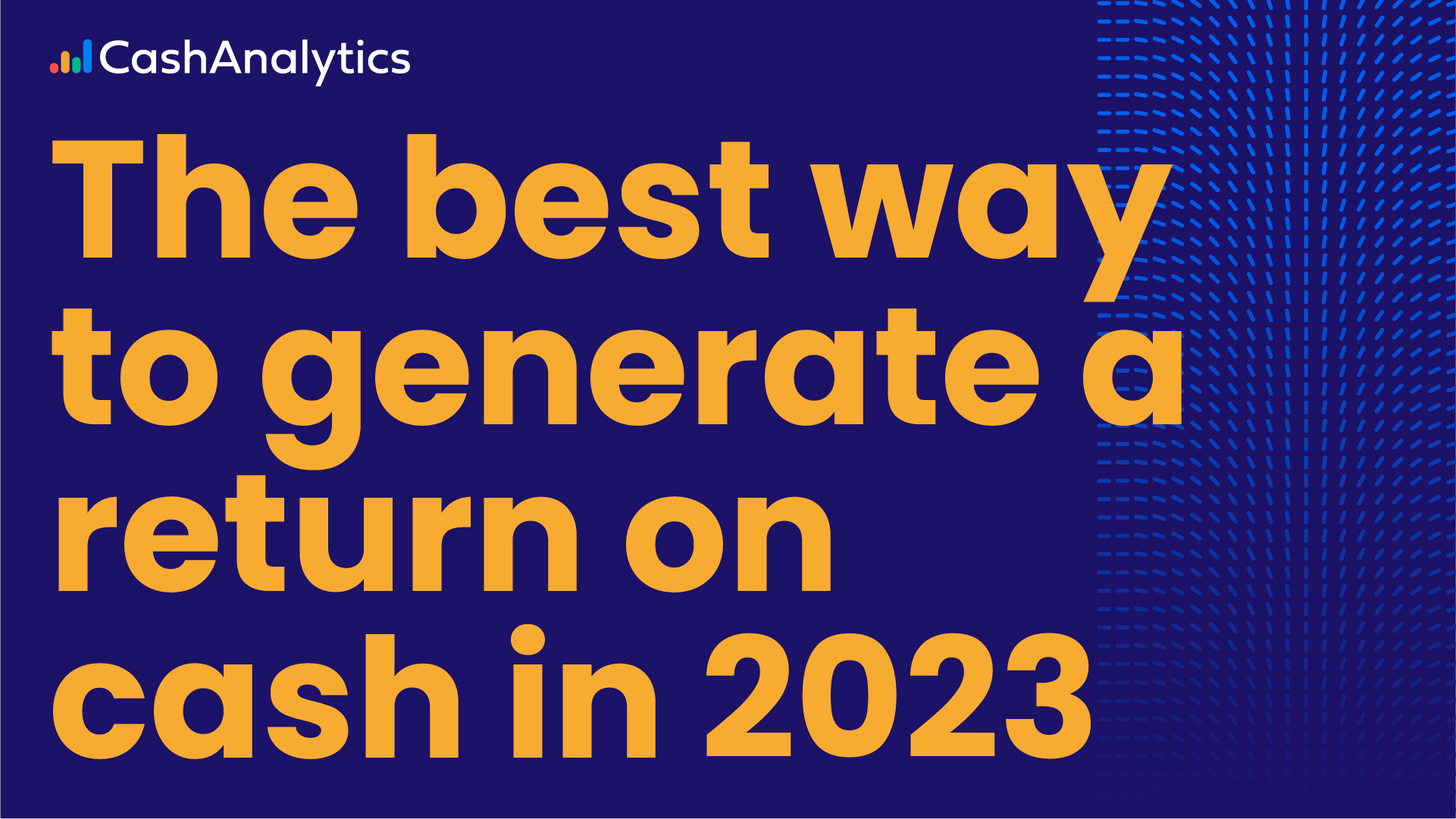Cash forecasting is routinely acknowledged as one of the most challenging tasks managed by treasury teams today. For large multi-location companies it can be a resource intensive process that often yields little value. For treasurers seeking to improve their process or implement a new one, the first step must be to build a compelling business case which is used gain the required internal sponsorship for the project. Central to this business case is quantifying the impact of poor cash forecasting.
Does bad cash forecasting really have adverse consequences?
The simple answer is ‘yes’. Bad cash forecasting can have a very real financial impact on a business on a number of levels. Most notably failure to gain clear visibility of upcoming cash flows will result in the payment of excessive interest costs, business underinvestment and substandard risk management. The table below outlines examples of characteristics for each ‘cost area’ and highlights the potential business impact and return on investment (ROI):
Quantifying Interest Costs
Reviewing interest costs is perhaps the most obvious place to start when trying to measure the impact of cash forecasting. For companies with external financing facilities this is a relatively straightforward exercise as they can simply use their average annual cost of funding to work out where savings can be made. For example, if a company with an average cost of funds of four percent could reduce their drawn debt facilities by an average of €10m over the course of year, this would shave almost €400,000 off their annual interest bill.
When building a business case, an argument can be made all the more powerful by anchoring expected savings in your company’s key performance indicators. Using the example above, if this company has a pre-tax profit margin of ten percent you can very quickly see that it would take an additional €4m of revenue to generate profit equivalent to the interest saving. Following this train of thought one step further and assuming that the company sells widgets for €2 each, one can show that it would take additional sales of two million units to generate the profit that can be saved by reducing average debt drawn by €10m. If the investment in cash forecasting is less than that necessary to increase sales by two million widgets, this should make a very compelling business case to the company’s chief financial officer (CFO).
Opportunity Costs
Writing in the New York Times in 2008, Warren Buffet opined that “today people who hold cash equivalents feel comfortable. They shouldn’t. They have opted for a terrible long-term asset, one that pays virtually nothing and is certain to depreciate in value”. Unsurprisingly Mr Buffet has been proved right. The value of almost every asset class has rocketed since then, with the exception of cash. In this case he was talking about his own private portfolio but, to take another perspective on these comments, idle cash presents a significant opportunity cost to a business. Building a culture that focuses on sweating every euro, dollar or pound of cash generated by using cash forecasting to drive continuous business investment will ensure that cash is managed in the most efficient manner on a long term basis.
More often than not, reinvesting in the working capital is the most effective way to put spare cash to work. Pumping cash back into the business cycle ensures that the necessary capital is available to make the most of existing customer relationships, while remaining flexible enough to take advantage of new opportunities as they arise. Most businesses grow through a gradual increase in capacity supported by the availability of sufficient working capital. Similarly, funding capital expenditure projects using organically generated cash, as opposed to external financing, shortens the time to return on an investment while increasing the project’s ROI.
Business opportunity costs can be quickly quantified by analysing the breakdown of capital used to fund a recently completed investment project. Substitute cash that was either sitting idle or underinvested as a funding source instead of external debt and rerun the ROI calculation to see the effect of this more efficient form of project financing.
Unforeseen Risks
The cost of an unexpected cash shock or liquidity crunch can be enormous. In some cases the benefits described above could be described as ‘nice to haves’ versus the absolute ‘need to have’ of a clear cash risk management strategy. Many boards will compel their management teams to implement a forecasting process as a component of their risk management strategy. This is a sensible strategy but a poorly managed forecasting process can, in certain cases, be more dangerous than having no process at all.
There are many examples of very real financial costs caused by problems with cash flow. For example, what would be the business impact of a withdrawn credit line due to an unexpected covenant breach? Or, how understanding would a key supplier be should a payment to them be missed or delayed? What effect would the loss of this supplier have on the company’s ability to service its customers? Ensuring that you have a clear understanding of the importance of cash to your business is the first step in designing an effective risk management strategy.
Conclusion: Creating Long Term Value
Taking control of an existing process, or implementing a new cash forecasting process, can appear to be a daunting task; however, the benefits can greatly outweigh the effort required. Changing the negative perception of cash forecasting is certainly a challenge for treasurers, but over the longer term one that will generate significant value for their organisation. The first step in initiating the required changes is to build a business case with hard figures at its core.



